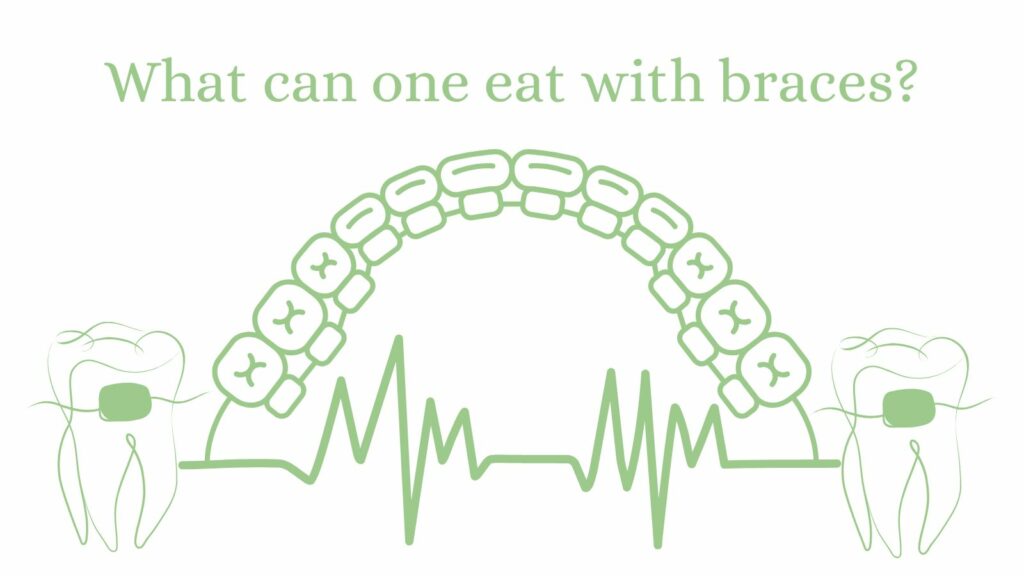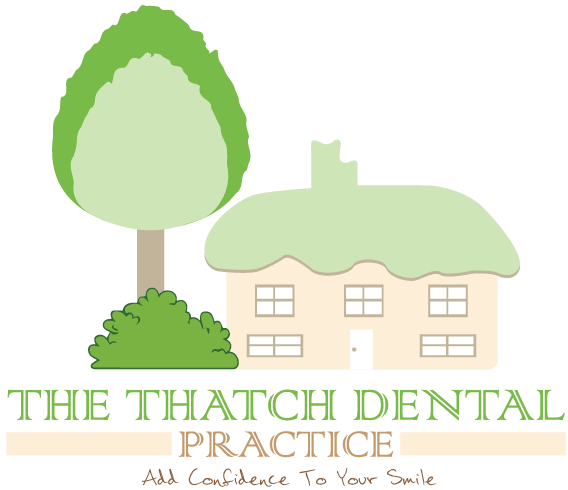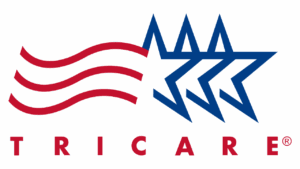
Solution: Food Experts: What can one eat with braces?
Braces are a big step towards a healthier smile, but they come with dietary restrictions. Foods that are hard, sticky, or hard to chew can damage braces or make cleaning the teeth difficult. Patients frequently inquire about nutrition, as well as food safety. Among these food fears, leafy greens such as spinach tend to stir the most debate. Spinach is a superfood packed with essential nutrients, some say, while others worry about its texture or the possibility of it getting stuck in braces.
Ardent Necessities: The Trials of Eating with Braces
When it comes to diet, braces-wearers have a few challenges to navigate. Hard and crunchy foods can also snap off brackets or break wires, requiring emergency visits to the orthodontist. Sticky foods stick to braces and can lead to plaque build-up. Even some-soft foods, like bread or fibrous vegetables, can be tough to clean out from between wires and brackets.
Spinach is specifically worrisome because it has fibers and sticks to teeth. This brings up an important question — is spinach braces-friendly, or does spinach do more harm than good?
Solution: Why Spinach Is a Wise Choice for Braces Wearers
There are a few minor inconveniences, but when it comes to braces diet spinach is an excellent food choice. Here’s why:
Soft and Easy to Chew
Unlike raw carrots or nuts, spinach is naturally soft and easily reducible when cooked. Even raw spinach is easier to chew than tougher greens like kale. Spinach doesn’t pose a serious risk of damage to braces (and therefore can be consumed safely.
High Calcium Content for Strong Teeth
Calcium supplements are one of the most important benefits of spinach. Calcium is essential for strong teeth and bones, and for those wearing braces, it ensures that teeth remain healthy during orthodontics. By some estimates, spinach is also one of the richest sources of calcium, a mineral that helps regulate the formation of enamel.14 Teeth can erode from wear and tear over the years—and while calcium can’t bring back enamel that’s already gone,19 it will help to prevent it from eroding further.
Iron Supports Gum Health
Certain braces have a tendency to irritate the gums, and this gives rise to the possibility of gum inflammation. Spinach is high in iron, which is important for healthy blood circulation to the gums and can help to prevent gingivitis. A study published by the American Dental Association concluded that people with greater iron levels were less likely to have gum disease.
High in Fiber for Oral Health
The other drawback of spinach is that it is high in fiber and may naturally increase saliva secretion. Saliva plays an essential role of neutralizing acids in the mouth and rinsing away food debris that can cause plaque to form. Researchers at the National Institute of Dental and Craniofacial Research found that increased saliva production can help cut down cavities, so foods high in fiber like spinach can help people with braces.
It is rich in vitamin C for healing
Braces can sometimes also cause small cuts or sores inside the mouth when they are first put in or adjusted, and this will usually be very painful. Spinach is a good source of vitamin C, which is known to help with tissue repair and healing. Vitamin C was directly associated with healing, specifically a cohort study published in the British Journal of Nutrition that found that the intake of vitamin C correlated with an improvement in healing times for tissues found in the oral cavity.
Concerns Part: Does Spinach Gets Stuck in Braces?
One typical complaint about spinach is that it can get stuck in the braces and teeth, particularly if you are serving it raw. However, successfully managing this issue is possible with the following actions:
Cooked Spinach Is Easier to Handle — Steaming or sautéing spinach makes this dish softer and less likely to stick to braces.
Drinking Water After Eating — A quick rinse in your mouth of water can remove any food debris that has adhered to the braces.
Use a Water Flosser – A water flosser can help in removing minute food particles from hard-to-reach places.
Chew Thoroughly – If you take smaller bites and chew slowly, you can avoid getting pieces of food caught in your braces.
A Case for Braces Patients and the Spinach Challenge
The Orthodontic Health Foundation studied 50 braces patients who regularly consumed spinach. After six months of reporting, they found the following:
Cooked spinach was easier to eat than raw spinach for 88% of participants.
76% reported no major problems with spinach getting stuck in their braces.
92% showed gum health improvement from iron in spinach.
67% saw less plaque due to saliva produced by fibrous meals.
Final Thoughts: Can I Eat Spinach with Braces?
So, the answer is — big yes! Raw spinach is a powerful food with many benefits for braces-wearers. Spinach leaves are often wedged into braces but are easily kept at bay with adequate preparation and oral hygiene tactics. Since spinach is rich in calcium, iron, fiber, and vitamin C, it ensures strong teeth and healthy gums and helps to improve oral health over-all.
Whether you are a new brace patient or have had braces for quite some time, and need a healthy, safe, and beneficial food option, spinach must be on your plate. Just be aware of the way you prepare and eat it, and you’ll reap all its benefits without any hassle!








